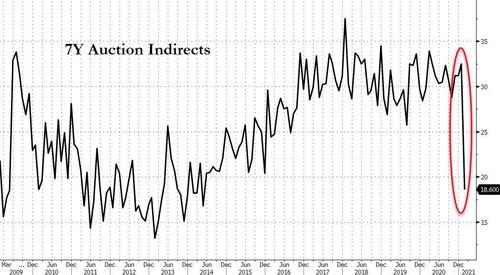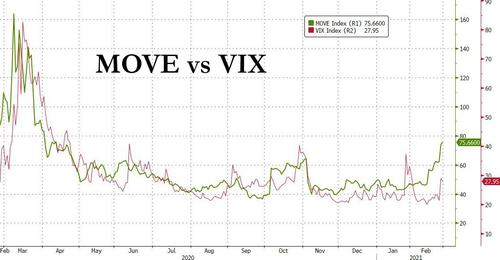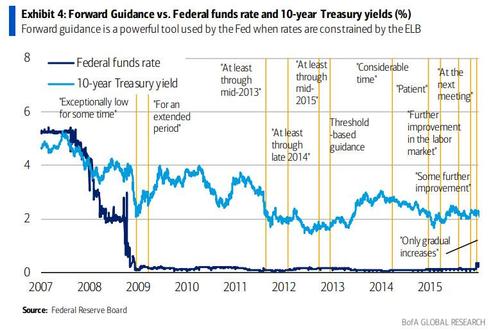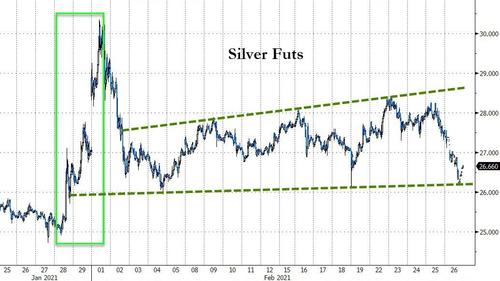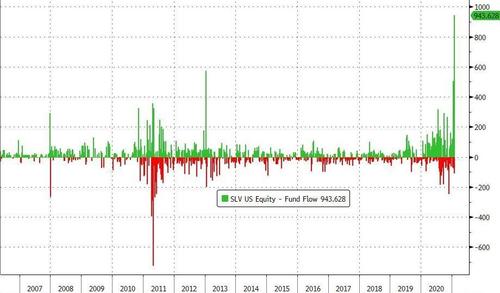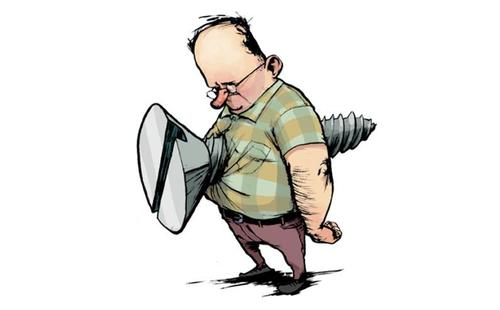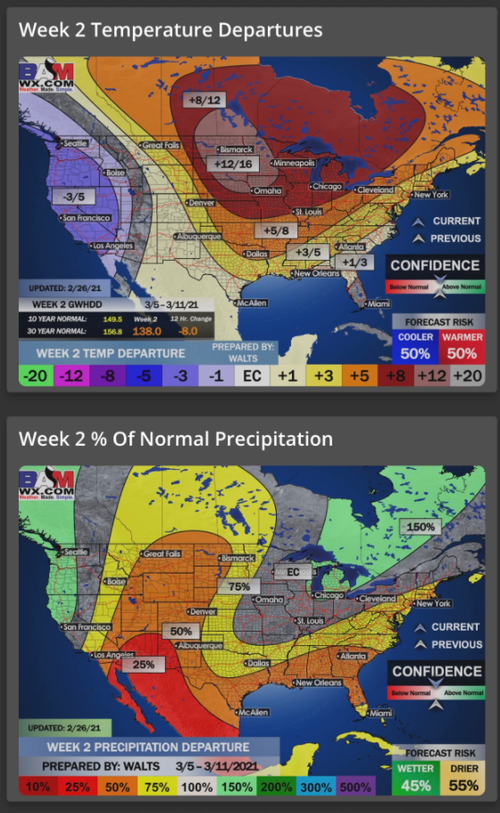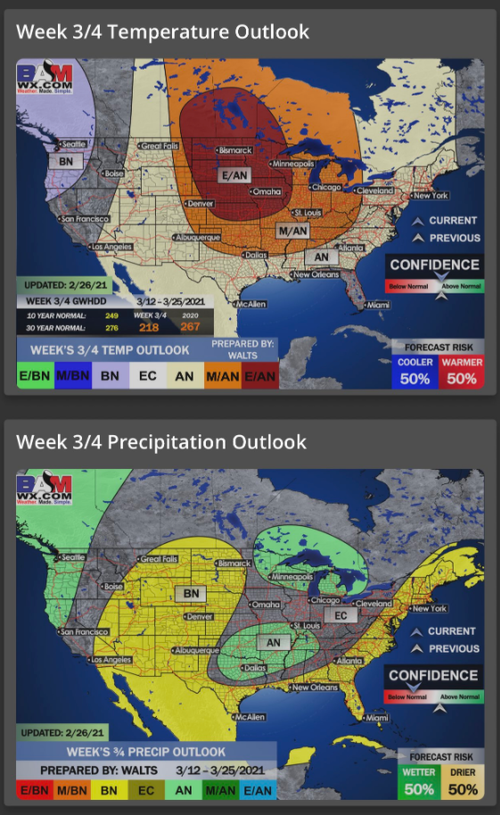
As co-blogger Josh Blackman notes, a federal district court ruling recently concluded that the Center for Disease Control nationwide moratorium on evictions is unconstitutional, in Terkel v. CDC (Eastern District of Texas). On the other hand, two earlier district court decisions—Chambless Enterprises v. Redfield (W.D. Louisiana), and Brown v. Azar (N.D. Georgia)—have upheld the legality of the CDC order. Technically, these rulings addressed the original CDC moratorium enacted in September under the Trump administration, rather than its extension by Biden. But they nonetheless address essentially the same policy, because Biden’s version is simply an extension of Trump’s.
While the three cases consider the same CDC order, they actually deal with different types of arguments against it. Brown and Chambless primarily focus on claims that the CDC exceeded its authority under the relevant federal law and that interpreting the law broadly enough to allow the eviction moratorium would violate the “nondelegation” doctrine (which limits the extent to which Congress can delegate its lawmaking authority to the executive branch). By contrast, Terkel considers the argument that the moratorium exceeds the power of the federal government under its authority to regulate interstate commerce, even as augmented by the Necessary and Proper Clause. If that argument (the only one made by the plaintiffs in Terkel) prevails, the eviction moratorium would be unconstitutional even if properly authorized by Congress.
In my view, which on this point aligns with that of most other academics, the nondelegation and statutory arguments rejected in Brown and Chambless are much stronger than the limited power theory that prevailed in Terkel. But I have to admit that, so far, the arguments I like better have not done as well as the one I am much more skeptical about. It could be just a function of the particular judges who heard the three cases. Judge J. Campbell Barker, who heard the Texas case is a conservative Trump appointee; but the same is true of Judge J.P. Boulee, who decided Brown v. Azar. So I have to admit that this might be a situation where judges’ views of which arguments are best don’t align with those of legal scholars. If so, it would be far from the first such occasion!
Nonetheless, I continue to think that the Brown and Chambless rulings were too quick to dismiss the statutory and nondelegation theories, while the limited power argument is more problematic. In my view, the judges in Brown and Chambless, fail to take sufficient account of the fact that the government’s interpretation of the relevant authorizing statute would give the CDC the power to suppress almost any human activity at any time. If the government is right to argue that the statutes and regulations in question give the CDC the power to impose a nationwide eviction moratorium, as opposed to more narrowly targeted local measures, the same logic would give it virtually unlimited authority to ban other economic and social activities. I explain the point here:
[U]nder the text of the regulation [and the authorizing statute], the CDC need not prove that the regulations in question really are “reasonably necessary” or that state restrictions really are “insufficient.” They need only assert (“deem”) that such is the case.
This broad interpretation of the regulation would give the executive the power to restrict almost any type of activity. Pretty much any economic transaction or movement of people and goods could potentially spread disease in some way. Nor is that authority limited to particularly deadly diseases such as Covid-19. It could just as readily apply to virtually any other communicable disease, such as the flu or even the common cold.
Every year, thousands of people die because of the flu, and restrictions on mobility or on economic and social activity could be seen as “reasonable” ways to limit its spread. 42 CFR Section 70.1 (on which the definition of disease in Section 70.2 is based) in fact defines “communicable diseases” as “illnesses due to infectious agents or their toxic products, which may be transmitted from a reservoir to a susceptible host either directly as from an infected person or animal or indirectly through the agency of an intermediate plant or animal host, vector, or the inanimate environment.” Notice that this applies to any disease spread by “infectious agents,” regardless of severity. The flu and the common cold clearly qualify!
If Trump can use this authority to impose a nationwide eviction moratorium, Joe Biden (or some other future president) could use it to impose a nationwide mask mandate, a nationwide lockdown, or just about any other restriction of any activity that could potentially reduce the spread of the flu, the common cold, or any other disease.
Such virtually limitless executive authority to impose restrictions and mandates would make a hash of the separation of powers, enabling the president to circumvent Congress’s authority on a massive scale. It also would completely undermine any semblance of “nondelegation” restrictions on grants of power to the executive.
In Chambless, the court nonetheless concluded that there is no nondelegation problem here, because regulation relied on by the CDC still provides an “intelligible principle” for the exercise of executive discretion, as required by Supreme Court precedent. Specifically, it gives the CDC the authority to “take such measures to prevent such spread of the [communicable] diseases as he/she deems reasonably necessary.” But there can be no intelligible principle where the supposed limitation on discretion gives the executive the power to suppress virtually any activity it wants, simply by “deeming” that they are “reasonably necessary” to stop the spread of disease—an assertion that can be made at any time. The whole point of the “intelligible principle” rule is to limit the delegation of congressional power to executive discretion. That rule, therefore, cannot be used to uphold a delegation that imposes no meaningful limit on discretion of any kind.
In Brown v. Azar, the court doesn’t directly consider nondelegation at all, focusing strictly on statutory arguments of the sort summarized by co-blogger Josh Blackman here. But the judge should have considered the nondelegation issue when analyzing the plaintiffs’ statutory arguments because of the longstanding rule that statutes should be construed in a way that, if possible, avoids constitutional problems. Nondelegation is, obviously, a serious constitutional problem. The law authorizing CDC public health measures should be construed in a way that avoids potentially violating nondelegation rules, if possible.
By contrast, I have more reservations about the argument that prevailed in Terkel: that federal government did not have the power to authorize the eviction moratorium under the Commerce Clause, which gives Congress the authority to regulate “commerce with foreign nations, and among the several states.” I actually agree that the eviction moratorium exceeds congressional power under the text and original meaning of the Commerce Clause. A nationwide moratorium on evictions—which usually involve transactions within a single state—is not a regulation of interstate commerce. Rather, it restricts commercial transactions within a single state involving an asset that cannot even move across state lines.
Unfortunately, various Supreme Court precedents interpret the Commerce Clause as giving Congress the authority to regulate many in-state activities that, in the aggregate, have a “substantial effect” on interstate commerce. In cases like United States v. Lopez and Gonzales v. Raich, the Supreme Court also indicated that this category includes nearly all “economic activity.”
In Terkel, Judge Barker concludes that the eviction moratorium is not a regulation of economic activity because it only restricts evictions, but does not suspend the requirement that tenants continue to pay rent. Thus, the CDC order doesn’t regulate economic activity because does not have “any effect on the parties’ financial relationship.”
This strikes me as unpersuasive. Preventing eviction has an obvious effect on financial obligations, because it terminates the landlord-tenant relationship, thus ending any obligation the tenant might have to continue paying rent in the future. Eviction is, therefore, economic activity in much the same way as firing an employee is. Neither changes the two parties’ obligations during the period when their commercial relationship was still in effect. The employer must still pay the employee any salary she was owed for the period before she was fired, and the tenant still owes rent for the period prior to eviction. But both nonetheless qualify as economic transactions on any plausible sense of the word.
If an eviction moratorium is not a regulation of economic activity because it doesn’t change financial obligations in the sense described by Judge Barker, the same can be said of federal laws restricting the firing of employees and the termination of various other economic relationships. I doubt the Supreme Court will be willing to go there.
That said, the concept of “economic activity,” as used by the Supreme Court, is far from a model of clarity. There may be other ways to distinguish eviction moratoria from other types of in-state transactions that the federal government regulates. Among other things, eviction moratoria regulate the use of real estate, which is a quintessentially immobile local asset, not a commodity or service that can be shipped across interstate lines. While out-of-staters can rent or buy property, they cannot move it. That makes federal land-use regulation different from federal regulation of the production of goods and services that move across state boundaries. This distinction could potentially justify giving a narrower scope to federal power over the former under the Commerce Clause, without greatly disturbing existing Supreme Court precedent.
Much more can be said about all three of the decisions on the legality of the CDC eviction moratorium. There are also other lawsuits out there challenging the order. I addressed some of the issues involved in greater detail here and here (and also explaining why I am skeptical that the eviction moratorium really does much to prevent the spread of disease).
For now, I will only add that it is likely the legal battle over this issues is likely to continue. All three cases could eventually make their way to appellate courts. While Biden’s extension of the initial Trump moratorium only lasts till March 31, there is a good chance it will be extended further at that time. It is also possible that Congress will impose a statutory eviction moratorium by passing the relevant provision of the Biden Administration’s stimulus bill (which would impose a statutory moratorium until September). If that happens, it would moot out the statutory and nondelegation issues raised in Brown and Chambless. But the federalism argument addressed in Terkel would remain a live issue, as it applies even if Congress has clearly authorized the moratorium and done so in a way that avoid nondelegation problems.
NOTE: The plaintiffs in some of the lawsuits against the eviction moratorium (though not those in the three cases discussed above) are represented by the Pacific Legal Foundation, where my wife works. I myself have played a minor (unpaid) role in advising PLF on this litigation.
from Latest – Reason.com https://ift.tt/3dT27Dp
via IFTTT

